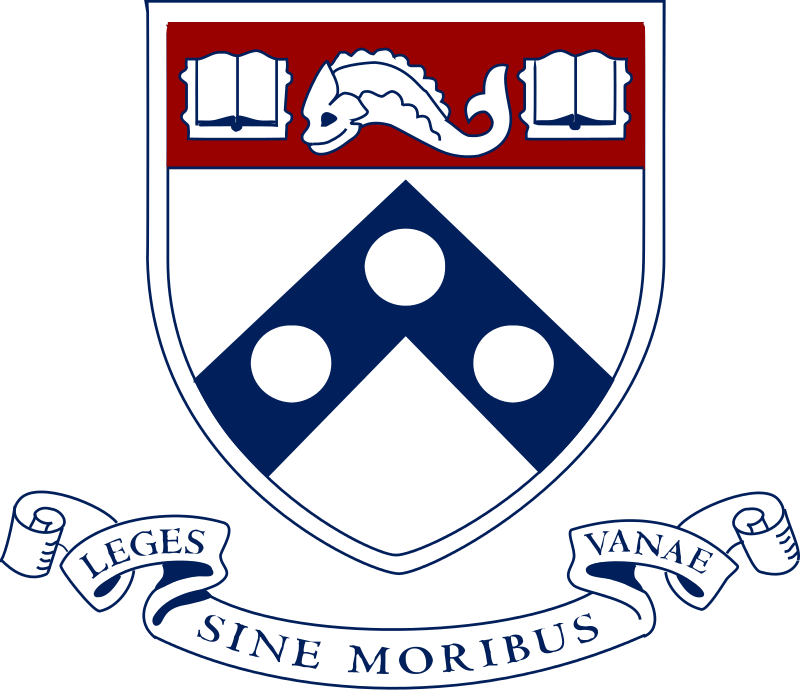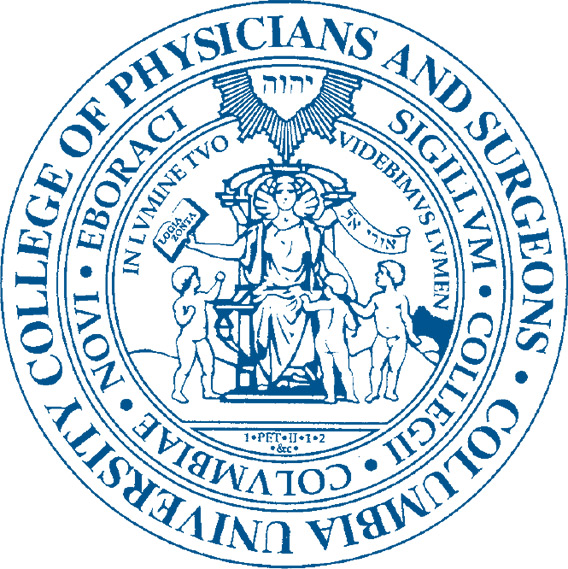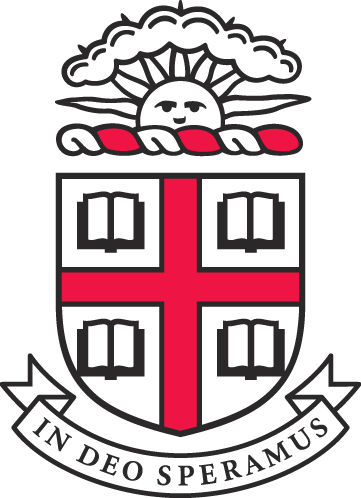Harvard University (1636)

The seal and motto of Harvard University have seen many variations and changes over its long history. The first motto was sanctioned in 1643: “Veritas” Latin for “Truth.” It was changed in 1650 to “In Christi Gloriam”, Latin for “For the glory of Christ.” After many years, in 1843, “Veritas” was chosen again to be the school motto, just to be substituted a short 4 years later for “Christo et Ecclesiae”, or “For Christ in the Church.” Eventually, in the late 1800s, it was decided the true motto should be the first one established in 1643. Since then “Veritas” has represented the school. The seal features this Latin word broken up for each of its three syllables and inscribed in three open books. The usage of three open books and Latin was a traditional practice in great English universities.
Harvard is the oldest and most prestigious university in the US. Northwestern was founded many years after Harvard, yet Northwestern still followed its lead in creating a seal with tradition. Similar features include the usage of Latin and open books. Around the time Northwestern was founded, Harvard had a religious motto: “Christo et Ecclesia.” This is another similarity between Harvard and Northwestern’s seals.
Yale University (1701)

Yale University, the second institution of the ivy league, has many similarities to its fellow universities and to Northwestern. Created in 1736, its seal has a unique central feature: two Hebrew words: Urim Thummim. These words translate in Latin to “Lux et Veritas” (featured at the bottom of the seal) which further translates to English as “Light and Truth.” It is said that these words were chosen because Yale offered the light of a true liberal arts education along with the truth of the New England religion. The Hebrew words show up eight times in the Hebrew bible and likely suggest that the central open book is, in fact, the Hebrew bible. Some think Yale copied Harvard’s motto, but in actuality, Harvard did not use Veritas until 1843, making Yale truly the first to feature the similar Latin words on its corporate seal.
This seal is most similar to Northwestern’s as it is the only one in the Ivy League that features two languages on its seal. The central open book and the Latin language are both similarities between the two seals. Between Northwestern, Yale, and Harvard there is an obvious focus on the word or concept of truth. This similarity is a common characteristic among many universities, who are all in search of the truth.
University of Pennsylvania (1740)


The first creation of the seal was in 1755 when Benjamin Franklin sat on the Board of Trustees. This seal and the school motto underwent many changes and its final and official seal and motto was established in 1933. It features seven books stacked with titles that represent the curriculum at that time: Theolog, Astronom, Philosoph, Mathemat, Logica, Rhetorica, Grammatica. Surrounding the books is the currently accepted motto: “Leges Sine Moribus Vanae” which is Latin for “Laws (or learning) without character are in vain.” On the coat of arms, there are heraldic symbols that represent the Penn family as well as open books that represent an institution of learning.
The open books and the Latin motto are similar features of this university and Northwestern. Beyond this, there is a specific emphasis on the importance of a liberal arts education hence the seven books on the seal. “The word.. full of grace and truth” is on Northwestern’s seal. This focus shows a similar emphasis on the importance of liberal arts and words.
Princeton University (1746)

Inscribed on Princeton’s seal is “Vet nov testamentum” which is Latin for “Old and New Testament.” This latin phrase is written on an open book at the top of the seal, which is suggested to symbolize the Holy Bible. Princeton’s seal also has an optional ribbon at the bottom that says “Dei Sub Numine Viget,” which translates to “Under the protection of God, she flourishes.” These religious Latin phrases are present on the seal because the university was originally founded as a Presbyterian institution. Again, we see a common theme that Northwestern followed: open books with religious phrases written in Latin. The usage of religious verses for Northwestern is also due to the original founders being heavily involved in the Methodist church.
Columbia University (1754)


The seal, motto, and coat of arms for Columbia University are very complex with many classical references and languages. The central maternal figure is shown holding an open book with the Greek words “Logia Zonta,” or “living words” written on it as she teaches the children around her. This phrase is in reference to the book of Acts in the Holy Bible where it is said the living words are passed on to others. Yud-hey-vav-hey (יהוה), or the Tetragrammaton, is the Hebrew word for God and is featured above the woman. The school’s motto, “In Lumine Tuo Videbimis Lumen,” is a Latin translation of Psalm 36: 9 which means “In your light, we see the light.” Lastly, the words Sigillum Collegii Columbiae Novi Eboraci or "Seal of Columbia College, New York.
This extremely intricate seal is the first case where we see the usage of Latin and Greek and could likely be an inspiration for Northwestern’s seal. Also interesting is the presence of the Greek words on the open book, just as Northwestern’s Greek words are on its open book. The usage of Hebrew makes this seal similar to Yale’s who also uses Hebrew and emphasizes the light of God.
Brown University (1764)

Brown’s seal is similar to many of the aforementioned universities. It features, like Northwestern, a religiously inspired phrase written in Latin. This phrase is “In Deo Speramus” meaning in God we hope. The seal also features four open books in its shield with sun rays piercing clouds above. It is said that these rays represent learning piercing the clouds of ignorance. This brings up one unique similarity to Northwestern’s seal and that is rays of light. The Northwestern seal shows rays coming out behind its central open book. These rays of light are a common feature and theme of many universities.
Dartmouth College (1769)

The only Latin usage in this seal is the Dartmouth College motto: “Vox clamantis in deserto” which is Latin for “a voice crying out in the wilderness”. According to a school news article, it seems the meaning of the motto is largely forgotten. However, the school was founded with the purpose of evangelism meant to share the education and religion of the English with the Native Americans. This motto is a biblical phrase seen five times in the Holy Bible and is in reference to evangelism. The image on the seal shows two Native Americans walking in the open wilderness, which is part of Dartmouth’s identity, reading an open book. On the upper left-hand side an open book is seen shining rays below.
The usage of Latin and open books are again a common theme of the ivy league and Northwestern. What is also a unique similarity is the usage of the shining rays which is symbolic of light and knowledge.
TIMEMAP:
http://timemapper.okfnlabs.org/anon/cpnqsi-university-seals-ivy-league-#0
 icons at the top right corner of the subsection.
icons at the top right corner of the subsection.